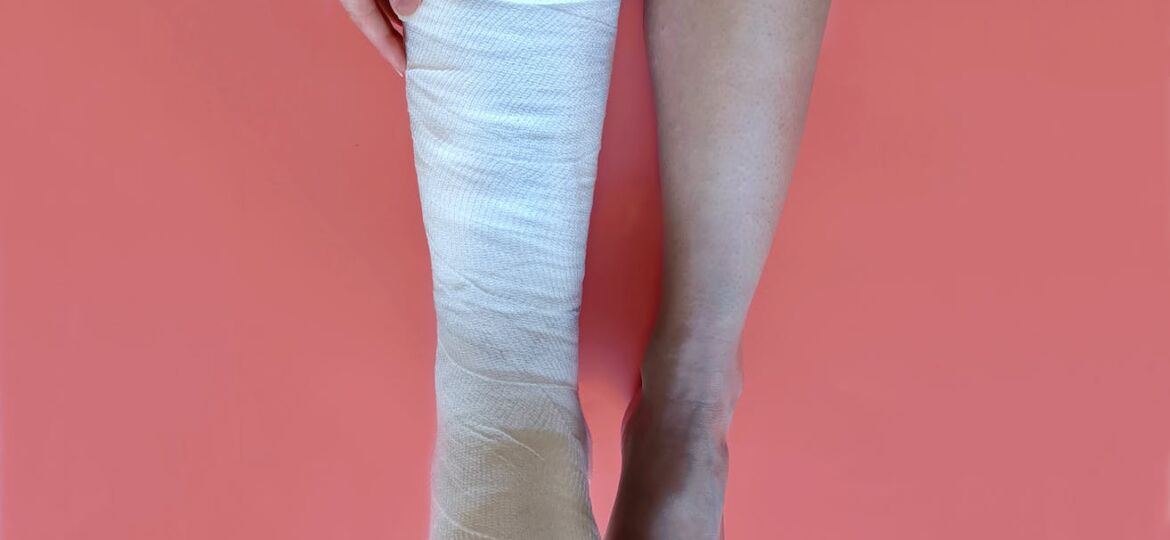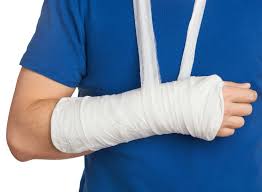
Essential Cast Care Tips for a Smooth Recovery
The Ultimate Guide to Cast Care Tips: Dos and Don’ts for a Speedy Recovery
Welcome to our guide on cast care! Whether you’re recovering from a broken bone or a sprain, proper care of your cast is essential for a speedy recovery. We’ll walk you through everything you need to know about caring for your cast, from dos and don’ts to helpful tips recommended by healthcare professionals. Let’s ensure your healing journey is smooth and comfortable.

Suffering from a broken bone or a sprain can be a challenging experience, but with the right care and attention, you can speed up your recovery process. One common aspect of orthopedic treatment is the application of a cast. Whether it’s a plaster cast or a modern fiberglass one, proper care is essential to ensure the healing process goes smoothly.
Cast Care Dos and Don’ts
Dos:
- Keep it dry: Moisture can weaken the integrity of the cast material and lead to skin irritation or infection. Always keep your cast dry by covering it with a plastic bag or a waterproof cast cover before bathing or swimming.
- Elevate the limb: To reduce swelling and promote circulation, elevate the injured limb above heart level whenever possible. This helps prevent excessive swelling and discomfort.
- Check for skin issues: Regularly inspect the skin around the edges of the cast for signs of irritation, redness, or sores. If you notice any problems, contact your healthcare provider immediately.
- Follow your doctor’s advice: Your doctor will provide specific instructions on how to care for your cast and when to schedule follow-up appointments. Make sure to adhere to their recommendations for the best possible outcome.
- Stay active (within limits): While it’s essential to rest and avoid putting weight on the injured limb, staying active can help prevent stiffness and muscle atrophy in other parts of the body. Ask your healthcare provider for guidance on safe exercises you can do while wearing a cast.
- Protect the cast: Avoid putting pressure on the cast or using sharp objects to scratch an itch underneath. Instead, gently tap or blow cool air into the cast to alleviate itching.
Don’ts:
- Don’t get the cast wet: Water can weaken the cast material and compromise its ability to support your injury properly. Avoid exposing your cast to water and use waterproof covers or bags when necessary.
- Don’t insert objects into the cast: It may be tempting to try to scratch an itch or relieve discomfort by inserting objects into the cast, but this can cause damage to your skin and interfere with the healing process.
- Don’t modify the cast: Don’t attempt to modify or remove the cast on your own. Only a trained healthcare professional should adjust or remove a cast to prevent further injury.
- Don’t ignore discomfort or changes: If you experience increased pain, swelling, numbness, or tingling while wearing a cast, it could be a sign of a complication such as swelling or nerve compression. Contact your doctor immediately if you notice any concerning symptoms.
- Don’t bear weight prematurely: Putting weight on a cast before your doctor advises can disrupt the healing process and prolong recovery time. Follow your doctor’s instructions regarding weight-bearing restrictions carefully.
- Don’t skip follow-up appointments: Regular follow-up appointments are essential to monitor your progress and ensure the cast is still providing adequate support. Make sure to attend all scheduled appointments and communicate any concerns or issues with your healthcare provider.
Proper care of your cast is crucial for ensuring a smooth and speedy recovery from a broken bone or sprain. By following these dos and don’ts and staying in close communication with your healthcare provider, you can minimize complications and get back on your feet as quickly as possible. Remember, patience and diligence are key to a successful healing process.
Disclaimer: The information provided in this content is for general informational purposes only. It is not intended as medical or healthcare advice, diagnosis, or treatment. Always seek the advice of a qualified healthcare professional with any questions you may have regarding a medical condition or healthcare decisions.

